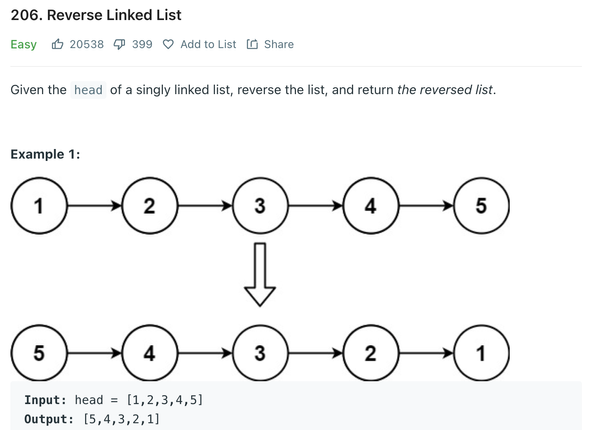Introduction to Radar - How Radar Works?
Radar stands for radio detection and ranging. Radar was first used on ships to detect icebergs and other obstacles. The most common radar transmits a train of narrow, rectangular-shaped pulses modulating a sinewave carrier. The echo signal is returned and evaluated on a cathode ray tube, CRT. Distance is measured by the time it takes the pulse to travel to and from the target.
Here is an introduction on how the Radar Works
A continuous waveform, CW, radar can also be used. This radar shows the doppler frequency shift to measure the velocity of a target.
 Most radars operate at frequencies from about 220 MHz to 35 GHz. However, some radars have operated as high as 5 MHz and others at 94 GHz. Knowing the frequency the wave length is determined by dividing the frequency in MHz into 300 to give the wave length in meters. Usually the higher the frequency, the sharper the return signal and the more accuracy can be obtained in determining distance and location.
Most radars operate at frequencies from about 220 MHz to 35 GHz. However, some radars have operated as high as 5 MHz and others at 94 GHz. Knowing the frequency the wave length is determined by dividing the frequency in MHz into 300 to give the wave length in meters. Usually the higher the frequency, the sharper the return signal and the more accuracy can be obtained in determining distance and location.
SOME RADARS AT WORK……



